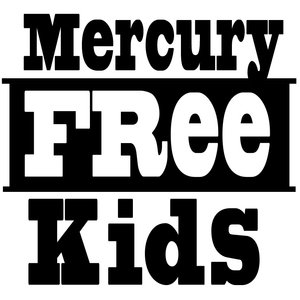Mercury Banned in Pesticides but not our teeth?
The toxic effects of mercury depend on its chemical form and the route of exposure. Methylmercury is the most toxic form. It affects the immune system, alters genetic and enzyme systems, and damages the nervous system, including coordination and the senses of touch, taste, and sight. Methylmercury is particularly damaging to developing embryos, which are five to ten times more sensitive than adults. (reference)
Exposure to methylmercury is usually by ingestion, and it is absorbed more readily and excreted more slowly than other forms of mercury. Elemental mercury, Hg(0), the form released from broken thermometers, causes tremors, gingivitis, and excitability when vapors are inhaled over a long period of time.
Although it is less toxic than methylmercury, elemental mercury may be found in higher concentrations in environments such as gold mine sites, where it has been used to extract gold. If elemental mercury is ingested, it is absorbed relatively slowly and may pass through the digestive system without causing damage. Ingestion of other common forms of mercury, such as the salt HgCl2, which damages the gastrointestinal tract and causes kidney failure, is unlikely from environmental sources.
Wild life mortality of seed-eating birds and birds of prey caused by seed dressed with Hg compounds, alerted the Swedes and Finns in the 1960's about the risks of using Hg and also initiated studies revealing alarmingly high Hg content in fish caught close to paper and chlor-alkali industries. Acquired knowledge about environmental transformations of inorganic Hg to far more toxic organic forms along initially largely unknown transfer pathways focused the attention on the large quantities of Hg used in paper and chlor-alkali plants. Swedish authorities were first to act and enforced legislation on the use of Hg in Sweden, to avoid a tragedy such as that in Minamata, Japan. Consequently, seed dressing with methyl-Hg was prohibited in 1966, and Hg was banned from all pesticides in 1988.
Methylmercury is produced by methanogenic (TK) bacteria (that produce methane), some of the oldest living cells known, says Tom Clarkson, a toxicologist at the University of Rochester. When mercury is methylated through ingestion by microorganisms, a carbon atom is added on to the mercury atom. This additional atom is what changes mercury's properties, allowing it to be readily accumulated in fish. Once released from microorganisms, methylmercury rapidly diffuses, binding to proteins in living creatures.
